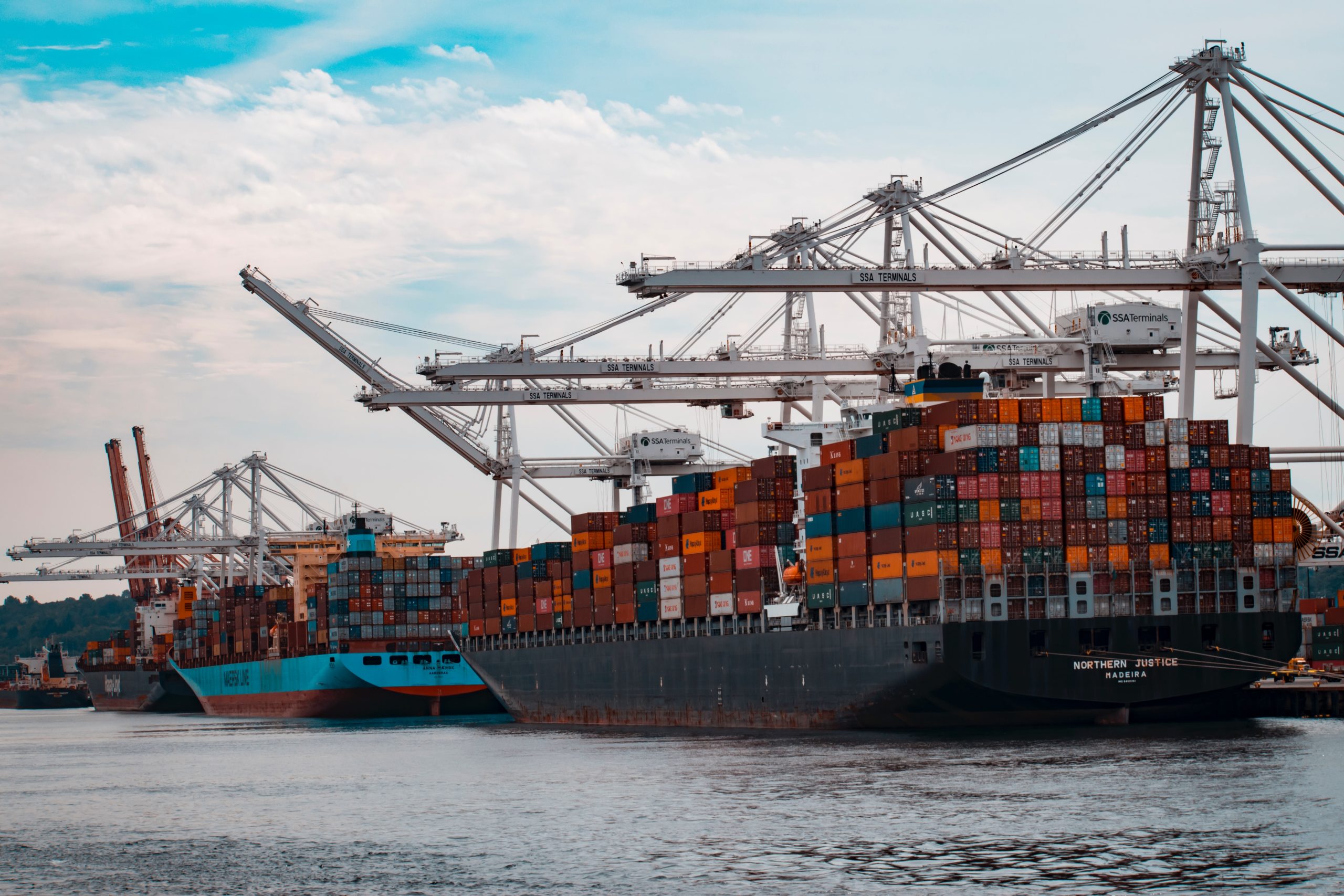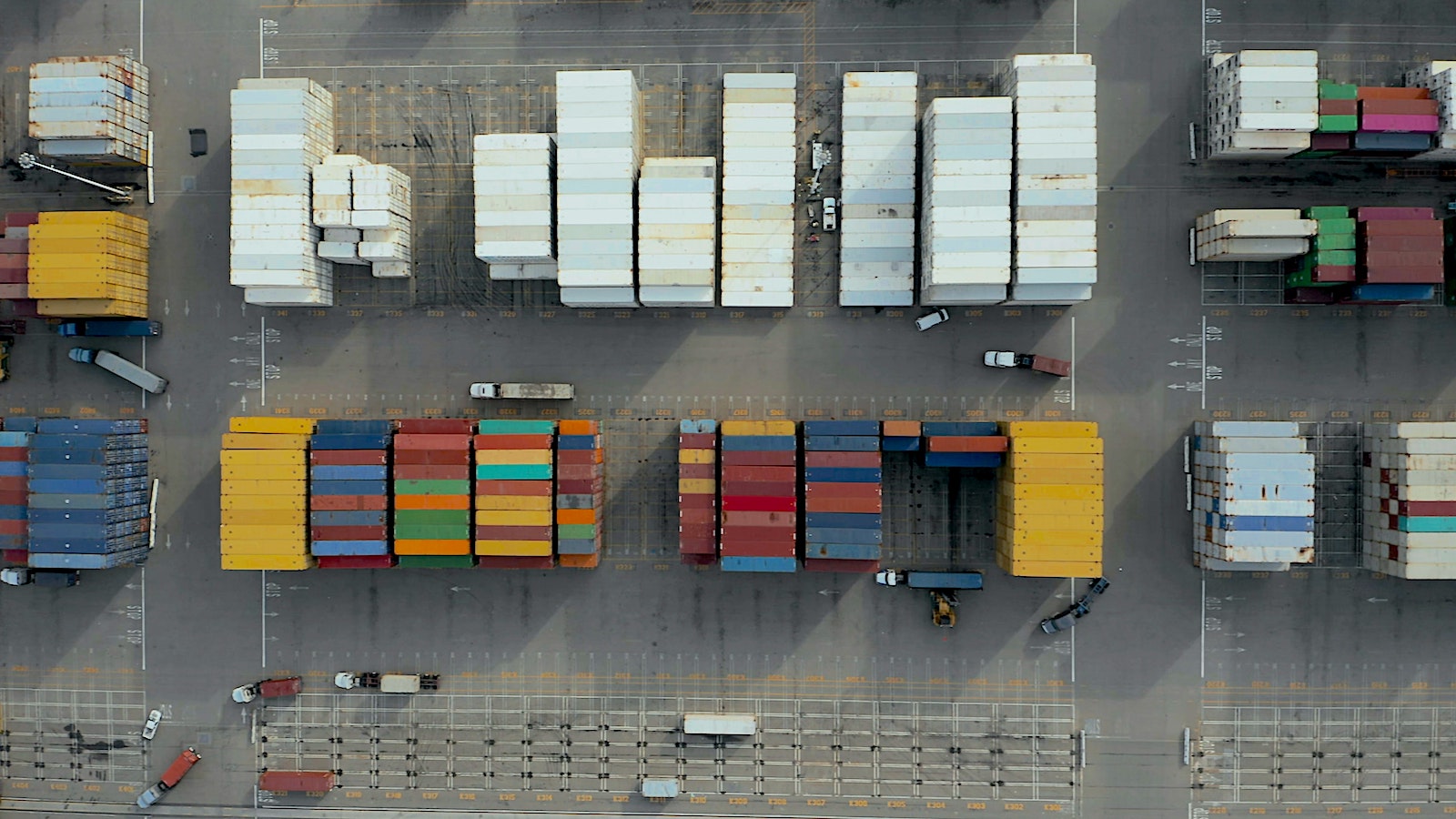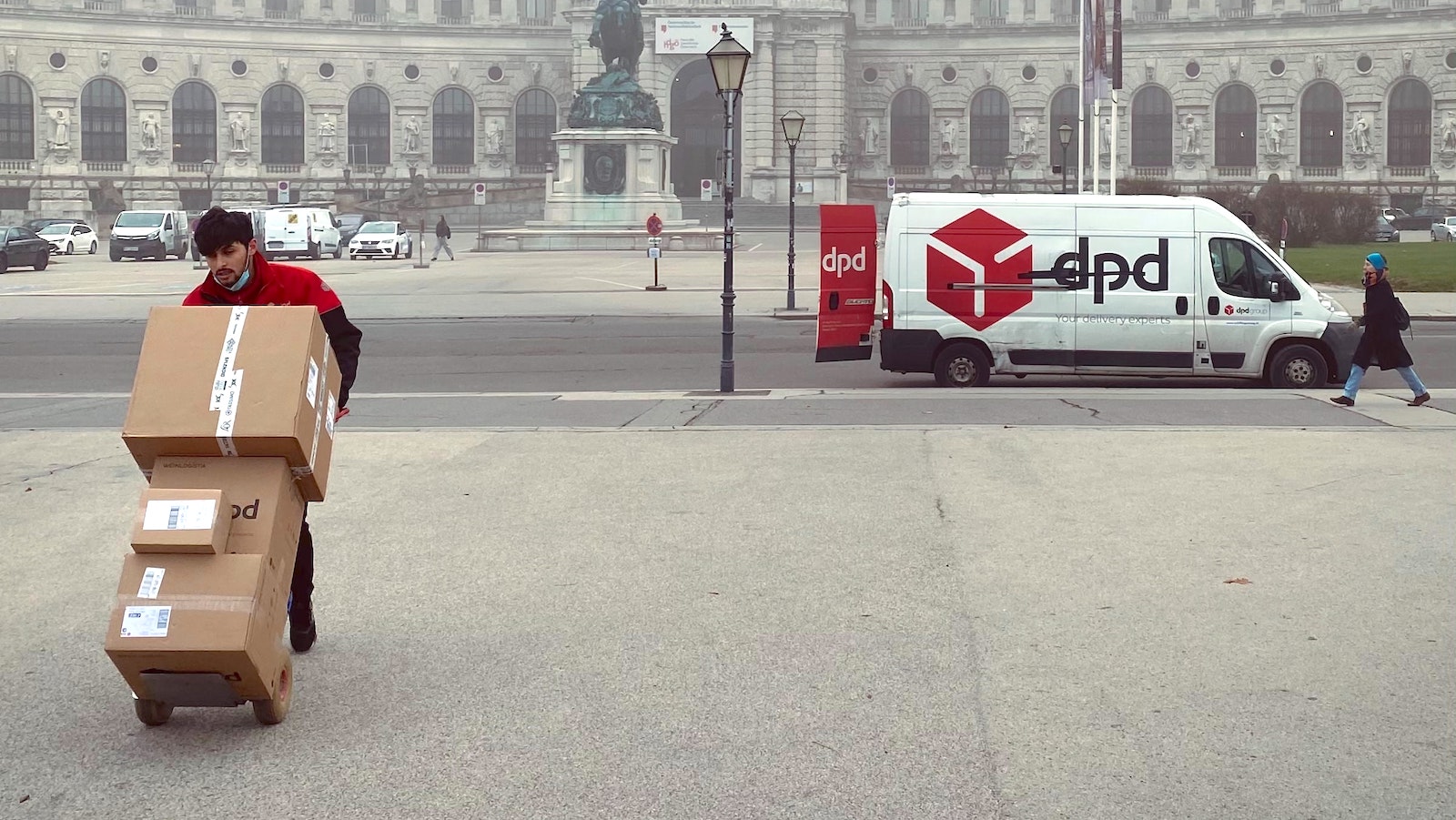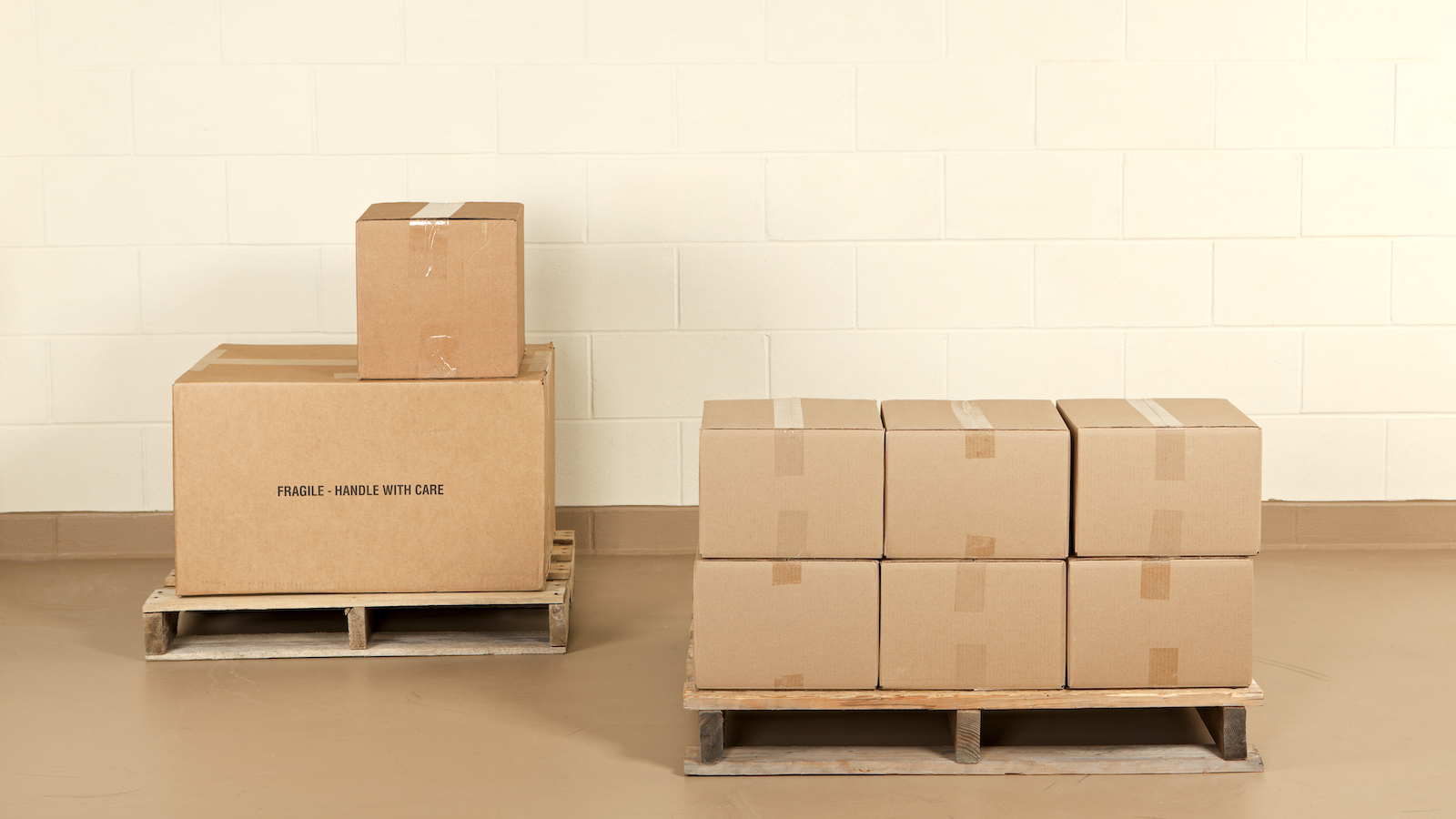Table of Contents
** Minutes
What is supply chain resilience?
Supply chain weaknesses exposed by COVID-19
5 strategies to build more resilient supply chains
How ShipBob supported online brands during the pandemic
Let’s say things are going smoothly for your online business. Sales are increasing, customers are happy, and you’re preparing to launch a new product line.
One day, you get notified by your manufacturer that there will be a delay, and you have no idea when you’ll receive the next batch of sellable inventory to meet customer demand.
From natural disasters to material shortages, minor and major supply chain disruptions can happen at any time. Yet, the COVID-19 pandemic was a major global disruption that tested the strength of the modern ecommerce supply chain.
Building supply chain resilience is a big investment, but it’s worth every minute and every penny. Spending time on supply chain planning helps to reduce risk, plan for the unexpected, and ensure that your ecommerce business thrives no matter what comes your way.
If you are looking for ways to build supply chain resilience for your ecommerce business, this article covers:
- What it means to have supply chain resilience
- Supply chain weaknesses exposed by COVID-19
- Strategies to build more resilient supply chains
- How outsourcing logistics systems can help build resilience
What is supply chain resilience?
Supply chain resilience refers to a supply chain’s ability to anticipate, resist, and bounce back from unexpected events that cause supply chain disruption.
For ecommerce businesses, it’s the establishment of a strong supply chain, as well as having plans and processes in place to keep customers satisfied and the business financially afloat despite potential disruption.
Supply chain weaknesses exposed by COVID-19
Since the pandemic hit, every stage of the ecommerce supply chain has been disrupted, from sourcing to fulfilment:
- A sudden scarcity of raw materials and components caused delays in the work-in-process phase, leading to manufacturing delays.
- Changes in product demand caused many stockouts.
- Many factories and warehouses faced closures due to COVID outbreaks, which disrupted the fulfilment and distribution processes.
- Shipping couriers were stretched beyond capacity, which slowed down the last-mile delivery in many areas.
- The Suez Canal became blocked, which held up inventory from the cargo on board the ship, as well as other ships that couldn’t go their planned route.
Many online merchants struggled to thrive in this ecosystem despite a sudden influx in online shopping, which shows that many ecommerce supply chains might not be as prepared for unexpected disruptions as they should.
But the pandemic isn’t the only example. As more online brands go global (from operations to sales), geopolitical changes (e.g., Brexit and the US-China trade war), and even natural disasters can also cause supply chain risks and roadblocks in supply chain efficiency.
Even as the pandemic slows down, there will always be a need to build resilience in your supply chain.
5 strategies to build more resilient supply chains
It’s important to remember that resilient supply chains are built by design, tailored to the unique needs of every retailer. But for every supply chain to withstand disruption and still meet customer demand, it needs to be agile enough to face unexpected events at any stage, from manufacturing to shipping customer orders.
To gain a competitive advantage and prepare your supply chain for the unexpected, here are five strategies that help maintain supply chain resilience.
1. Distribute your inventory across multiple locations
What if, due to a virus outbreak, staffing shortage, or a natural disaster, your single warehouse had to shut down, leading to significant fulfilment delays? This happens more than you may think.
The primary benefit to splitting inventory across multiple fulfilment locations is to expand customer reach geographically while reducing shipping costs and speeding up transit times.
But if a warehouse had to close down for any reason or couriers are unable to pick up, the ability to fulfil items from a secondary distribution centre (even it’s further from the order’s destination) can help to avoid long fulfilment delays for important items, so you can continue to meet customer expectations despite having one warehouse shut down.
For instance, ShipBob’s locations cover every region of the US, as well as international fulfilment locations in Canada, European Union, the UK, Australia, and more. This allows you to continuously meet demand despite any disruptions, such as bad weather.
“We love that ShipBob actually operates its fulfilment centres — they know their operations and they are very clear about it. ShipBob having multiple locations was also huge for us. Keeping our inventory in Chicago and Los Angeles has brought cost savings since we ship from the locations that are closest to the customer.”
Courtney Lee, founder of Prymal
2. Understand your data
Having real-time supply chain visibility can help build your supply chain management and resilience in a number of ways, such as better inventory control, the ability to track supply chain performance, and access to historical inventory and order data.
According to a survey, 21% of supply chain experts consider buffer stock as one of the top three indicators of resiliency. But buffer stock can result in a rise in higher carrying costs, in which case buffer levels have to be carefully planned.
By using data and automation to optimise inventory levels, you can decide how much buffer inventory (also known as safety stock) you can afford to store without cutting into ideal profit margins.
Another way data can bulletproof logistics operations is to measure supply chain performance throughout every stage, from manufacturing to shipping.
ShipBob is a tech-enabled fulfilment company that provides full visibility into the ecommerce fulfilment and automated shipping process with insights that provide answers to questions such as:
- How many of my orders are fulfiled on time?
- How many and which orders can’t be fulfiled because of inadequate stock levels?
- How many days does it take for my orders to be delivered?
- Which shipping methods do my customers choose most often?
- How much are my customers spending by shipping method?
- What is my average shipping cost per shipping method?
- How long does it take my orders to be delivered by shipping method?
To access data that provides deep insights into your supply chain, you can implement technology including a warehouse management system (WMS) and have it synced to your inventory management software.
Or, partnerships with a 3PL like ShipBob can offer advanced data and analytics reporting tool, which provide all the data you need for better decision making and strengthen your supply chain.
“ShipBob’s analytics tool is really cool. It helps us a lot with planning inventory reorders, seeing when SKUs are going to run out, and we can even set up email notifications so that we’re alerted when a SKU has less than a certain quantity left. There is a lot of value in their technology.”
Oded Harth, CEO & Co-Founder of MDacne
3. Partner with multiple suppliers
Partnering with multiple providers or manufacturing options ensures that you are not left at risk or without procurement when your primary supplier is unable to deliver during shortages, shutdowns, or trade restrictions.
Whether it’s a planned shutdown like Chinese New Year or unplanned like forces from the pandemic, manufacturers can hit peak capacity or face shutdowns at any time, which means receiving and replenishing inventory can be significantly delayed, which disrupts the entire supply chain and slows supply chain velocity.
As part of your business contingency or mitigation plan, multi-sourcing partners with different suppliers can help reduce risk of inventory shortage, despite the circumstances, so you can be sure to meet customer demand despite any delays in receiving more ecommerce inventory. This also gives you exposure to more supplier relationships and supplier networks, which can have benefits as your business grows.
4. Leverage different couriers
As seen during the COVID-19 crisis and the rapid expansion of ecommerce, shipping couriers are facing capacity issues, causing major shipping delays. ShipBob has even been tracking carrier transit time trends since the beginning of the pandemic, which shows major improvements.
By using multiple shipping couriers, you have more shipping flexibility and less vulnerabilities, but partnering with multiple shipping couriers can be a lot of work, and it can also cause you to dip under the minimum shipping threshold to qualify for discounted rates.
ShipBob partners with major global couriers (UPS, USPS, FedEx, DHL, and more) and regional parcel couriers to help you optimise your shipping strategy without the need to manage multiple partners on your own. ShipBob also negotiates bulk shipping rates to pass the savings on to you.
“Our focus is to grow our business, and that will not be achieved by packing up orders, sending out boxes, and dealing with enormous couriers like FedEx and UPS ourselves. That’s what ShipBob has mastered.”
Pablo Gabatto, Business Operations Manager at Ample Foods
5. Rely on logistics experts
Sometimes being too close to the problem can narrow your thinking. To optimise your supply chain and build resilience, you will not only need access to robust supply chain infrastructure and technology, but you will need to hire a knowledgeable logistics staff.
Many ecommerce businesses don’t have supply chain or inbound and outbound logistics experts on staff, which can make it difficult to foresee any possible disruptions that can be avoided or planned for ahead of time.
That’s why many brands partner with third-party logistics (3PL) like ShipBob that bring years of industry expertise to the table. As leading experts in lean supply chains, ShipBob stays up-to-date on the current state of the industry to help ensure that your supply chain continues to run smoothly despite unexpected events and possible disruptions.
“ShipBob saves us a lot of time by saving us a lot of headaches. Whenever an issue comes up, the resolution is quick, and we appreciate how they make things right.”
Ines Guien, Vice President of Operations at Dossier
How ShipBob supported online brands during the pandemic
Measuring your supply chain’s resiliency comes down to how well you’re able to:
- Anticipate volume swings due to fluctuations in consumer spending.
- Deal with manufacturing delays and government intervention.
- Stay on top of rulings across various countries, states, and cities.
- Pay attention to updates from shipping couriers.
- Continuously meet customer expectations.
During the start and throughout the pandemic, ShipBob took early action to get all the necessary equipment and PPE across all locations, and remained proactive with a thorough and well-communicated business continuity plan.
Here are some examples of brands that thrived during the pandemic by partnering with ShipBob.
Touchland: a hand sanitiser company
Touchland saw a sharp rise in demand during the pandemic with 34,000 customers waitlisted during the first couple weeks. At a time when global supply chains disruptions were rampant, ShipBob helped Touchland scale 1,200% by offering fulfilment centre locations across the US to help fulfil a high volume of orders quickly and reduce transit times.
“ShipBob has been a great ally as they have fulfilment centres all over the US, facilitating a 2-3 day delivery time for any customer in the US. This is helpful especially when weather challenges happen; being able to have different locations to ship from allows for a more seamless supply chain.”
Andrea Lisbona, Founder & CEO of Touchland
Black Claw: a tattoo supply company
While tattoo parlors had to close as a non-essential category, Black Claw was still able to contribute to their community during the pandemic. With ShipBob’s international fulfilment capabilities and best-in-class technology, Black Claw was given the infrastructure, resources, and data needed to diversify their supply chain, reduce shipping costs, and maintain full visibility with the ability to track inventory in real time from one dashboard.
“ShipBob helped Black Claw keep orders flowing and saved us on shipping costs so that we could continue to authentically help our community throughout COVID. They feel like a partner.”
Wes Brown, Head of Operations at Black Claw LLC
SubSubmarine: an independent music label
During the height of the pandemic, ShipBob supported Australian-based independent music label SubSubmarine with cross-border retail fulfilment that saved his business logistics costs.
Since sales fluctuate month-to-month in the music industry, ShipBob was able to support the label at any given period, without needing to worry about monthly order minimums.
“ShipBob is the only 3PL that had a startup program that allows me to outsource fulfilment without worrying about monthly order minimums.”
Lee Nania, Founder of SubSubmarine
Outsourcing your logistics has never been easier
To help brands build supply chain resilience and continuously meet customer expectations, ShipBob is a supply chain leader offering global fulfilment capabilities, premium technology, and best-in-class support.
ShipBob owns the entire tech stack (from the platform that brands use to integrate their store, to our warehouse management system), which makes it easy to create an end-to-end ecommerce solution.
Once your store is synced, you can send inventory to one or more of our fulfilment centre locations across the world. From there, you can view, track, and manage inventory and orders all from the ShipBob dashboard.
“My end goal when I started Drop FX was to create something that was fully automated, so I could focus on driving sales. I didn’t want to have to worry about inventory and distribution as much.
When I was gearing up to launch the business, I was looking for someone who would automate fulfilment for us. I chose ShipBob, and it turned out to be a very easy and scalable solution.”
Josh Hollings, Founder & CEO of Drop FX
To learn more about how ShipBob can strengthen your supply chain and prepare for the unexpected, click the button below to request a fulfilment quote.
Supply chain resilience FAQs
Retailers need to continuously adapt to new global realities by amplifying supply chain efficiency and resilience strategies. Here are responses to some of the commonly asked questions related to supply chain resiliency.
How do you build supply chain resilience?
To build supply chain resilience, it’s important to diversify your supply chain. Whether it’s partnering with multiple suppliers or manufacturers, or storing inventory across multiple warehouses. As you expand your supply chain, it’s also important to maintain full visibility into supply chain performance, including manufacturing, inventory management, fulfilment, and shipping.
Why is supply chain resilience important?
Supply chain resilience is important because disruption at any stage of the supply chain can occur at any time. From natural disasters to material shortages, creating an agile supply chain helps to protect an online brand from the unexpected, so both customer expectations and profitability goals are still met despite potential disruption.
How do you measure supply chain resilience?
To measure supply chain resilience, you need to first map the stages of a supply chain, end-to-end. Then, run various disruptive events and assess their impact on the supply chain. The results can be compiled to deliver a quantifiable metric, which is known as a ‘supply chain resilience index.’
Another way is to partner with a 3PL like ShipBob that has comprehensive backup plans and owns the entire tech stack, which provides merchants with performance insights into fulfilment and shipping. This type of data can help merchants measure how efficient and resilient their current supply chain is.



